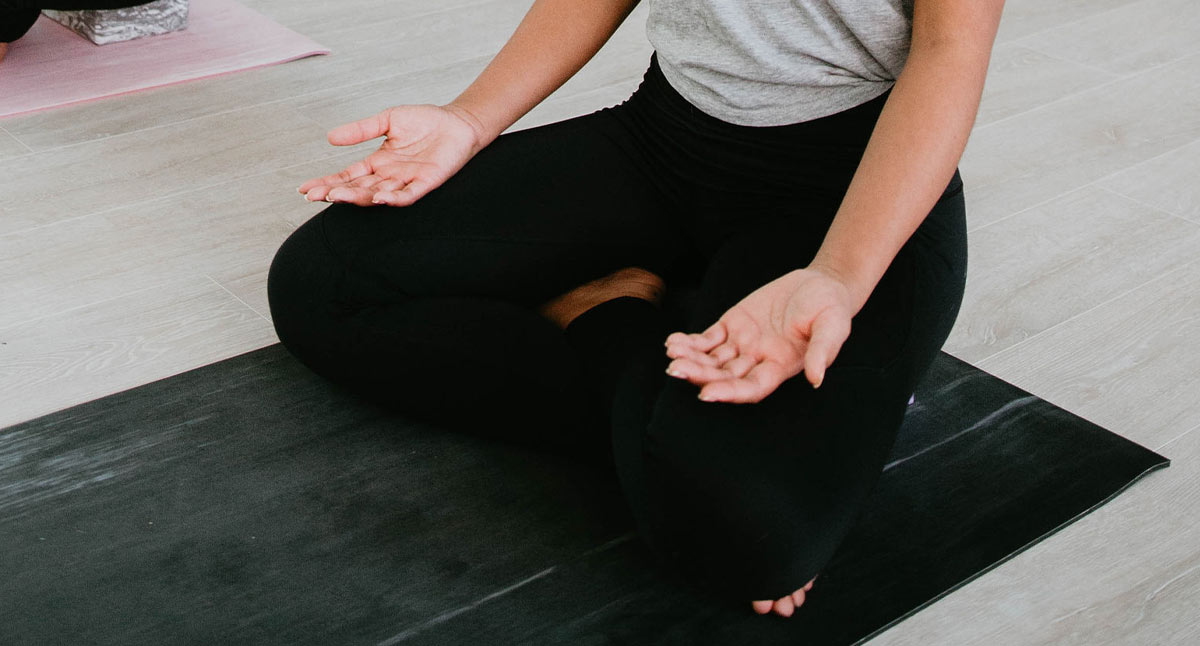
Occasionally I’m invited to team teach a class that will benefit a local charity. I always accept these invitations, as I feel that this is a great way to use my skills to benefit my community. I also enjoy the opportunity to observe different teaching styles of the other teachers who donate their time.
I admit to being an old-school teacher. I grew up in the Iyengar system, focusing on alignment; using plenty of props; staying a long time in poses; and observing, often in silence, the effects of each pose. This is also the way I teach. I talk enough to guide students safely into each pose, but then I stop talking to give students an opportunity to experience their practice on their own.
As I’ve observed teachers of yoga’s newer forms at team teaching events, I notice many differences, including much shorter holds, quick transitions from one pose to the next and continuous instruction. Especially in the faster-paced classes, teachers instruct throughout the practice.
Teaching Students to Fish
I’m very much in favor of thorough, precise instruction to help students find alignment integrity. But I’m also very interested in my students observing and learning for themselves. Ultimately, I can’t step inside their skin and know what they are feeling in a given pose. I feel it’s important for each student to have an opportunity to feel how his/her individual body/mind respond to each pose independent of my instruction.
My most important role as a teacher is to give students the tools to learn for themselves. My goal as a teacher is for my students to develop their own personal relationships with their practice. Silent time gives them the opportunity to do this without the filter of my experience and opinions, which might be helpful, but also might lead them away from the truth of their own experience.
Many teachers feel they are somehow cheating their students if they are not instructing continuously. I disagree. Part of the gift of being in a class is that the class period is a time students can devote their whole being to yoga practice. Having you there to lead them through a sequence allows them to set aside the responsibility of deciding what to practice.
Many students don’t have time for a home practice; your yoga class may be the only yoga they practice all week. Even students who practice at home may not live in situations that allow the luxury of silent time. The quiet space you create in class might be their only respite from all the noise of 21st-century living. Our students do benefit from the wisdom we share as teachers. But we can also benefit our students by giving them the opportunity to partake in the learning that can happen in the vast space of silence.
How do you fit silent time into your practice and teaching?
